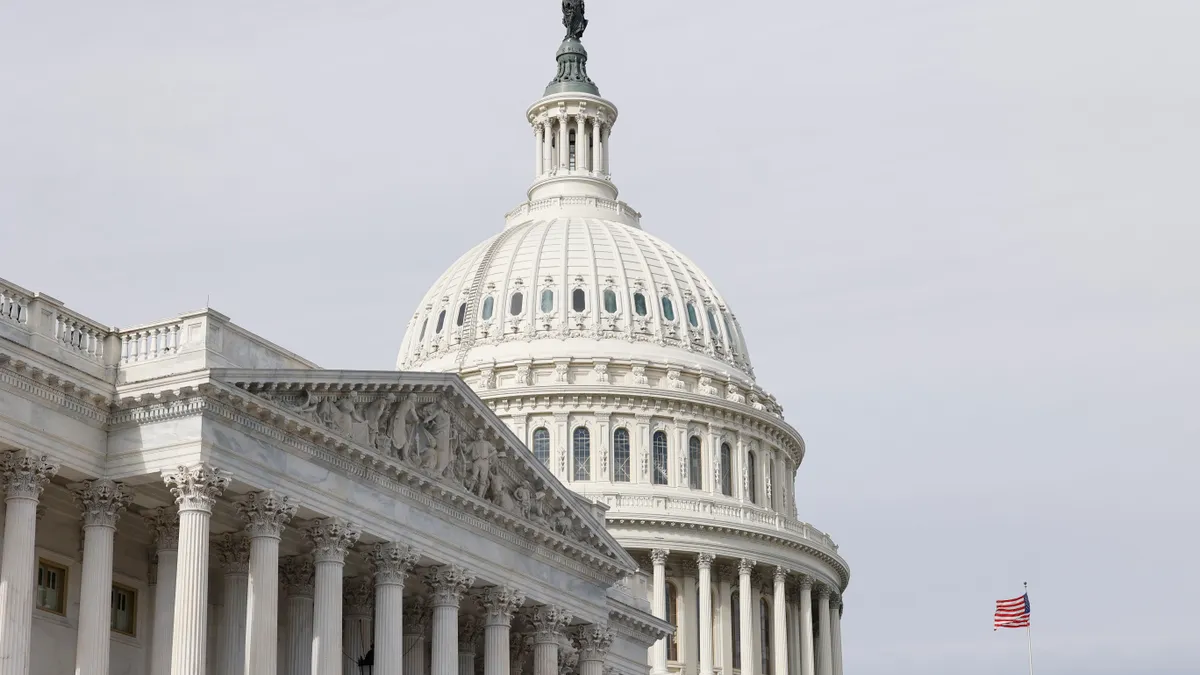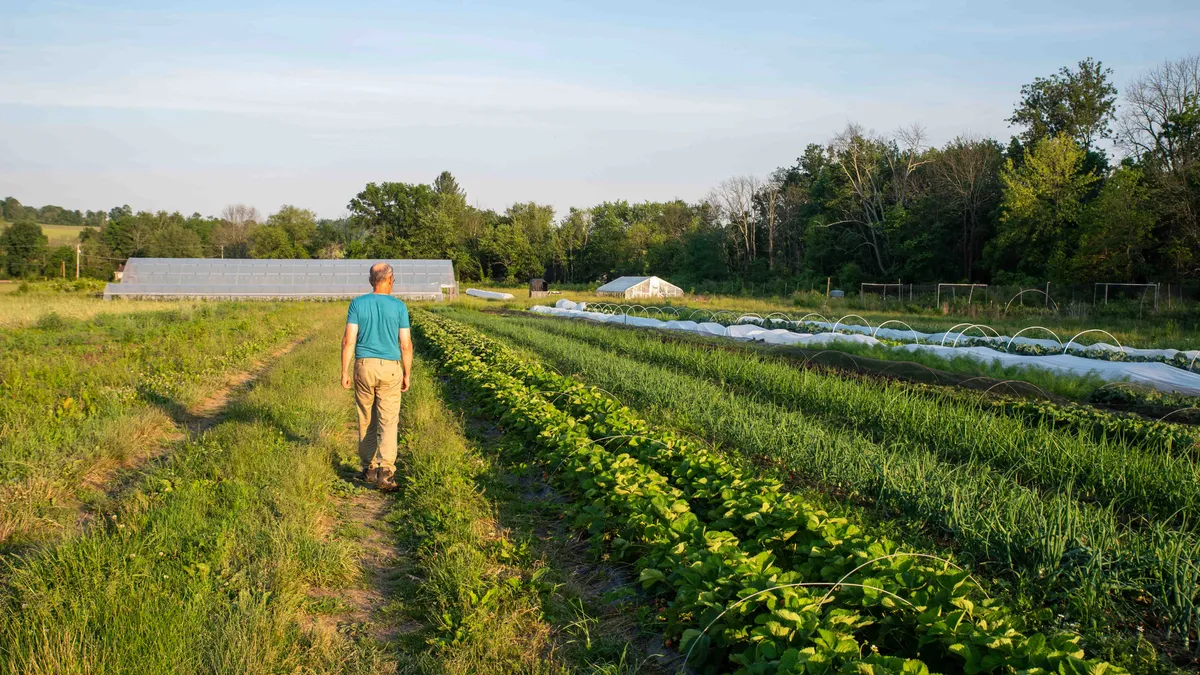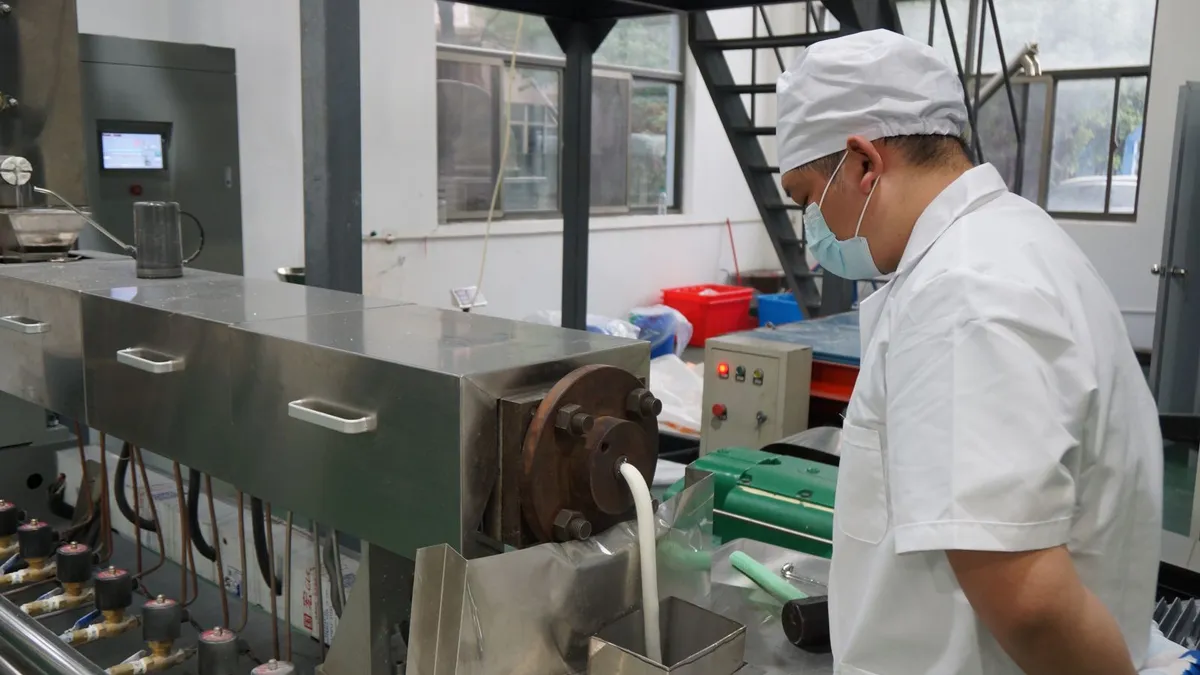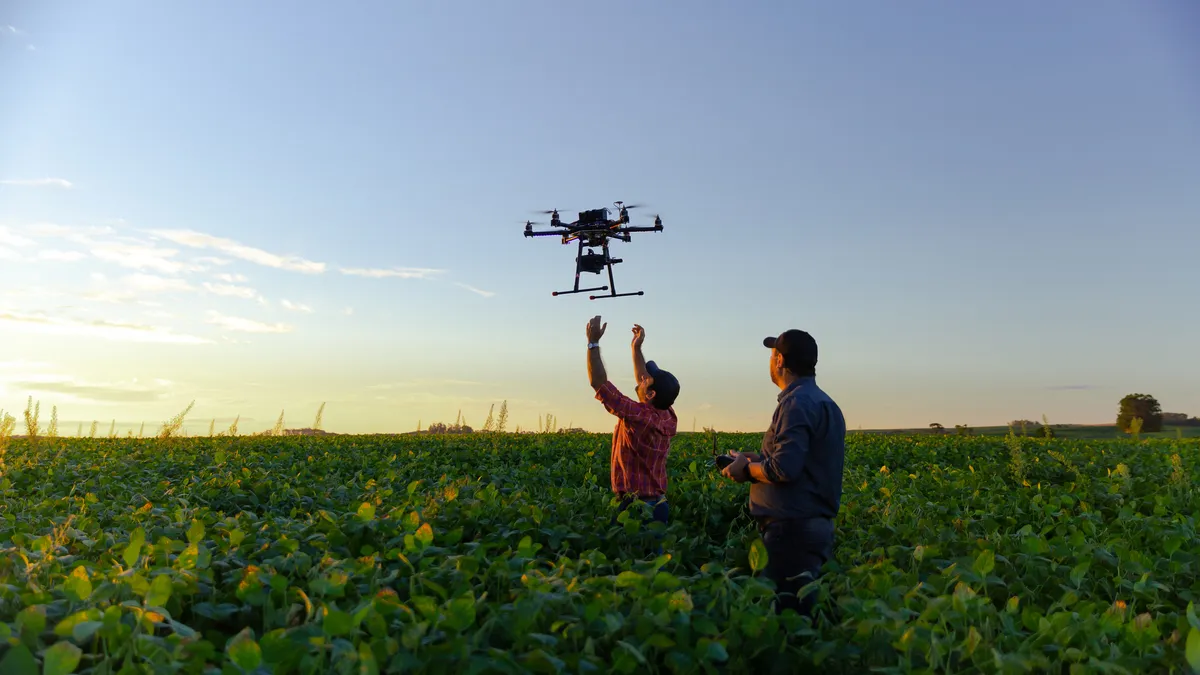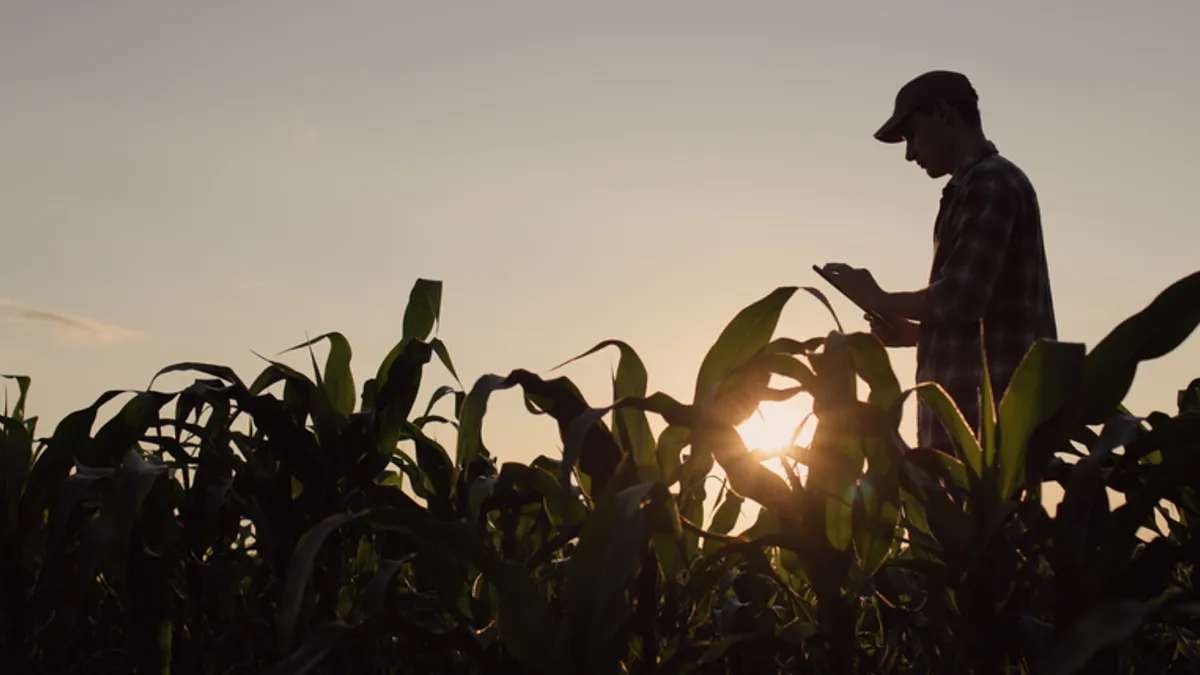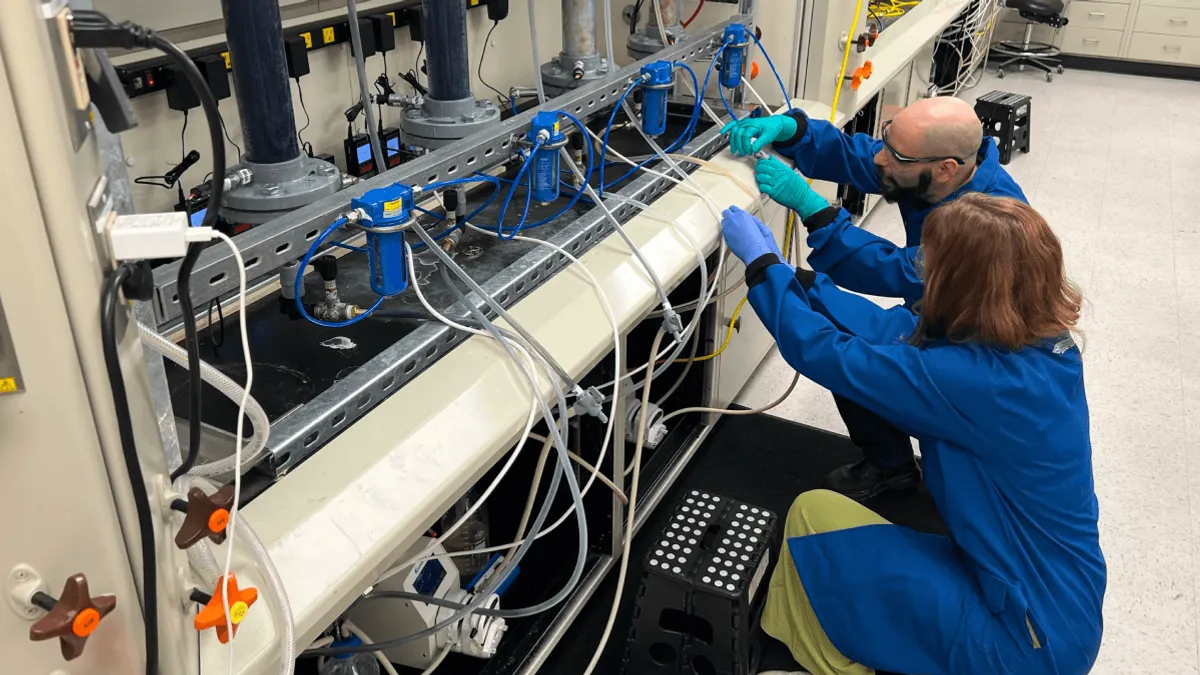Mike Johanns was U.S. Secretary of Agriculture from 2009 to 2015. He is current chairman of agriculture for consulting firm alliantgroup. Opinions are the author’s own.

Congress may have bought themselves another year to hash out a farm bill, but countless agriculture groups and organizations have significant priorities that have yet to be addressed.
After a prolonged political battle, the 2018 Farm Bill was extended through September 30, 2024. While the pressure is off (momentarily) for programs that were set to expire, the extension ultimately aims to preserve the status quo.
All existing programs under the farm bill should continue without interruption, but funding levels remain the same at a time when expenses and prices look much different than they did in 2018. And, as debates rage over money, it's likely the agriculture industry will likely need to fight to ensure even more funding isn't taken away.
What's in the extension — and what's missing
Although it doesn’t serve as a replacement for the full, comprehensive 2023 Farm Bill we’ve been waiting for, the extension is still an essential piece of legislation that will protect and serve farmers, ranchers, and Americans at large. The bill’s primary features include:
- The continuation of commodity programs for the 2024 crop year including Agriculture Risk Coverage, Price Loss Coverage, and Dairy Margin Coverage
- $15 million for feral swine eradication
- $10 million for scholarships at 1890 land grant institutions
- $37 million for the Foundation for Food and Agriculture Research
- Funding for some conservation programs including Grassroots Source Water Protection Program, Voluntary Public Access, and the Habitat Incentive Program
Crop insurance programs will continue as they are authorized by permanent law. There are other additional programs that will remain in place, although their working budgets are subject to change and are contingent upon government funding.
For the past 12 to 24 months, hundreds of ag groups have been sending ideas and recommendations to their congressional offices and senators. Now, their hopes have been put on hold, and the anticipation of additional funding has faded.
Every group has a list of things they want to see improved, modified, or changed entirely with regard to the Farm Bill. In both the current debate and agriculture funding climate, some of the key suggestions still on the table include:
- Improving crop insurance for specialty crop farmers
- Research funds for automation
- Increased funding for the Market Access Program (MAP) and the Foreign Market Development Program (FMD)
- Improving and increasing access to conservation programs
- Extending loans to innovative food and ag businesses
- Improving USDA staffing and technical assistance for farmers
- Improving the safety net
- Protecting and improving existing crop insurance policy (as opposed to radically changing it)
- Increasing reference prices
The way forward
Every farm bill seems to pass through a stage of "wish lists" and "must-haves," and this one is no exception.
There is never enough funding to go around because there is always a lengthy list of useful ideas to propel the ag industry forward. At some point reality sets in and a farm bill emerges that can pass.
Reaching a deal on a farm bill is essential for farmers to have certainty and productivity around major agriculture programs. But to get the bill to the finish line, the following will have to happen:
1. Bipartisanship
Leadership in the Senate and House will have to signal that they will allow a bipartisan bill to reach the floor and pass. Members will need to find a middle ground and coalesce around a plan that can get a majority in the House and 60 votes in the Senate.
All of this is much easier said than done because every individual member is passionate about a whole host of issues and compromise is not a favorite strategy these days, to say the least. The reality however is that there won’t be a one-party farm bill.
2. Full funding for SNAP
The second reality is that SNAP will be fully funded in the next Farm Bill with maybe some trimming around the edges.
I have made that statement many times, in speeches around the country, with virtually no pushback. After a recent speech, a farmer pulled me aside to tell me SNAP was a benefit to farmers because food was being purchased and needy people were being fed.
I'm confident there are always ways to improve how government works. But dramatic cuts to SNAP won't produce a bipartisan Farm Bill.
3. Address budget concerns
There is never enough money for a farm bill and this bill has a big price tag. I suspect that some additional money will be found, but not in the magnitude needed to meet the needs listed by so many stakeholders.
I'm also confident that moving money from the Inflation Reduction Act to enhance other parts of the Farm Bill will be a nonstarter and won't happen.
Somehow, some way, the size of the bill will have to reflect budget reality.
4. Crop insurance enhancements
During the last year, as I have talked about the farm bill, one message has come across loud and clear, and that is to protect crop insurance.
A strong bipartisan bill will protect and, if possible, enhance crop insurance, and that will be the strongest talking point for voting yes on a bipartisan bill.
Finally, if ever there was a year for a status quo farm bill, it's this year. This is definitely a time when protecting hard-won provisions will be a huge victory. That is the unfortunate reality we face.


